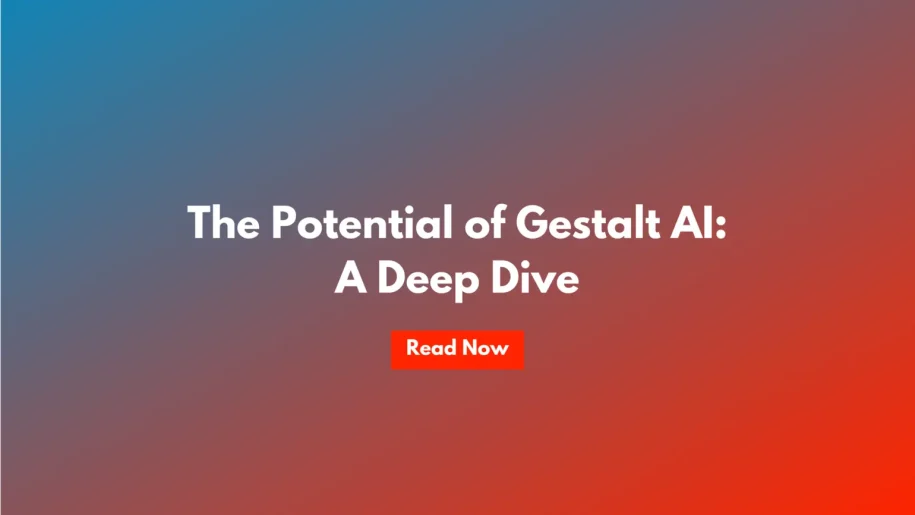Gestalt AI differs from traditional Big Data AI by providing a new approach to real-world problem-solving. The term “Gestalt,” refers to a whole that is perceived as more than the sum of its parts. This concept is at the core of Gestalt AI, which is designed to be an AI system built from modular components that work collectively to process data and provide extrapolatory solutions to complex problems.
Observing and Measuring
Gestalt AI writes the expressions of observational mathematics, updates scales of measurement, and determines the proximity of effect through geometric expressions.
Thinking and Learning
After expressing data in scale, Gestalt AI engages in “thinking,” here it examines the interactions of data within the system, using the previously calculated geometric relationships to identify groupings of similar data points. Simultaneously, the AI “learns” by developing symbolic understanding and creating a language colloquial to the observed universe, which is utilized to solve symbolic expressions of causality.
Answer Synthesis
Gestalt AI synthesizes answers by creating momentary models and unique objective expressions. It forms a dynamic objective function, and the relevant model enhances the fidelity of the data in the moment. Due to its modular nature, Gestalt AI can employ various methods to solve a problem, allowing for complex calculations in shared objective realities and the application of relevant mathematical systems.
Anticipatory AI vs. Manipulatory AI
There is a clear distinction between Anticipatory and Manipulatory AI. Anticipatory AI aims to reflect reality within its internal state to predict future events and adapt accordingly. In contrast, manipulatory AI influences users to make reality align with the AI’s desired outcomes.
The philosophy behind Gestalt AI is to encourage anticipation without prescribing how to be curious. It’s about anticipating the most likely path to fulfilling an objective function rather than convincing actors to take specific actions. When faced with insufficient information or uncooperative actors, the AI explores new possibilities to improve future models.
Minimizing Bias
A critical aspect of AI development is avoiding the introduction of biases that can distort the AI’s learning process. Incomplete data sets inherently contain biases, but the goal is to prevent additional biases from influencing the AI. Gestalt AI focuses on perfecting relationship fidelity—understanding the influences within a system, while anticipatory AI concentrates on grasping the reasons behind potential outcomes.
Gestalt AI offers a complex yet cohesive approach to solving a high-fidelity answer to a problem. The ability to observe, measure, think, learn, and synthesize answers creates unprecedented possibilities and solutions.

